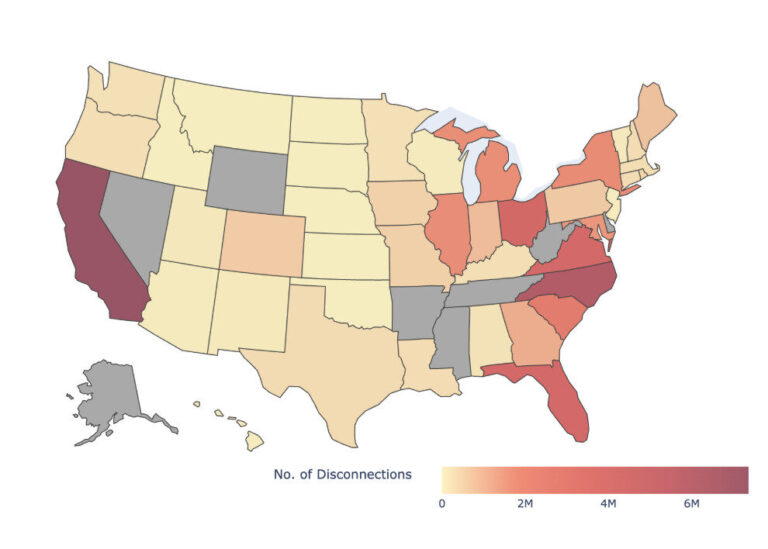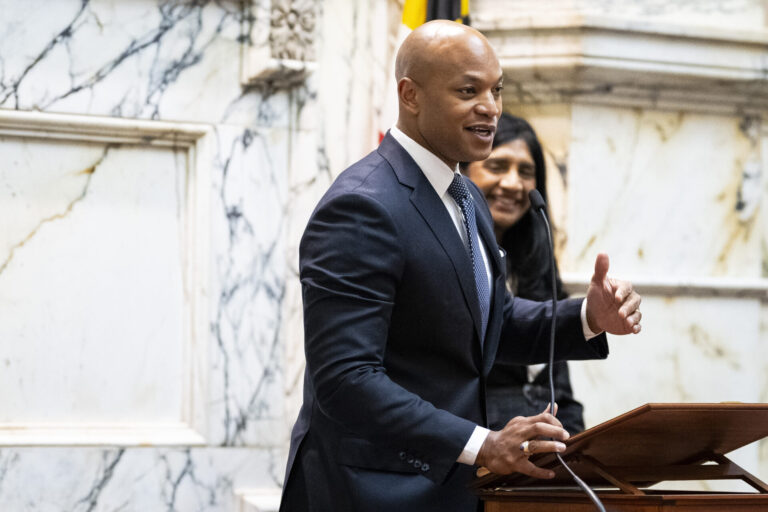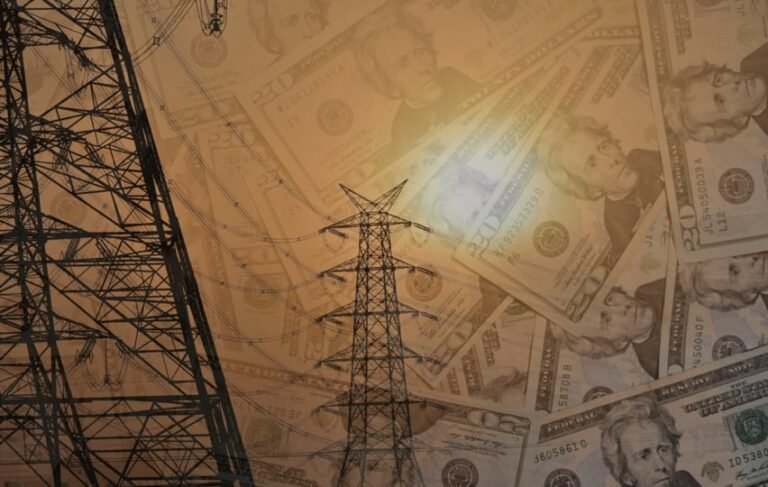American Gas Association Wants States To Submit Implementation Plans, Not Ignore Clean Power Plan
David McCurdy, President & CEO of the American Gas Association, said last week that he prefers state lawmakers and regulators submit their state implementation plans (SIP) to the EPA, rather than completely refuse to comply with the regulations. If states refuse, the EPA would be forced to impose a federal implementation plan (FIP).
The American Gas Association is a trade association representing natural gas supply companies. McCurdy was speaking at the 11th Annual State of the Energy Industry Forum sponsored by the United States Energy Association on Wednesday. He was asked about the Clean Power Plan during the question and answer portion of his presentation.
If the Clean Power Plan is upheld in court, McCurdy said he wants utility companies and the natural gas industry to provide input to state lawmakers and regulators when writing the plans. This is in contrast to what other fossil fuel companies and front groups, such as the American Legislative Exchange Council (ALEC) have been urging.
ALEC has finalized two model bills to block states from cooperating with the EPA.
Aliya Haq at the Natural Resources Defense Council writes,
The first ALEC bill aims to effectively repeal a state’s authority to work with EPA in implementing the Clean Air Act. It requires the state agency to obtain unnecessary legislative approval on its carbon pollution plan… The second model bill attacking EPA’s Clean Power Plan forces states to drag their feet, prohibiting state agencies from submitting a carbon-reduction plan to EPA until all legal challenges are resolved. This is a formula for indefinite delay, since any frivolous lawsuit could hold up the plan.
Legislation incorporating the ALEC language has already been introduced and passed in several states.
As Haq explains, the plan will backfire on these lawmakers because the EPA is obligated by law to issue a federal plan for any state that fails to submit a SIP.
[su_heading style=”modern-1-dark” size=”20″ align=”left” margin=”10″]EPA Should Expand Renewable ‘Building Block’ In Clean Power Plan[/su_heading]
It makes sense AGA supports the EPA’s Clean Power Plan. The AGA submitted comments to the EPA on December 1, 2014 and said, “We are pleased to see both concepts – flexible compliance options and regional plans – included in the Clean Power Proposal.”
One of the four “building blocks” in the plan gives states the flexibility to switch from coal burning power plants to natural gas combined cycle (NGCC) units. Additionally, the Obama administration is a big supporter of natural gas, and has continuously called it the “bridge fuel” to a clean energy economy. However, if the U.S. continues to develop natural gas infrastructure, the country must keep in mind that the global consumption of gas will have to peak by 2020 or 2030 in order to limit global warming below 2 degrees Celsius. And recently a study published in the journal Nature found that natural gas, while decreasing the amount of coal being consumed, is also weakening the market penetration of additional zero-carbon sources like wind and solar energy.
The EPA is currently reviewing comments and will be issuing a final plan this year. The agency should propose stronger renewable energy targets. Union of Concerned Scientists found that the EPA’s draft proposal underestimated the amount of renewable energy states can bring online. If the EPA expands the renewable energy “building block” in the final proposal, renewables could make up a 23 percent share of the country’s portfolio by 2030 – instead of the 12 percent framework EPA has originally proposed.



